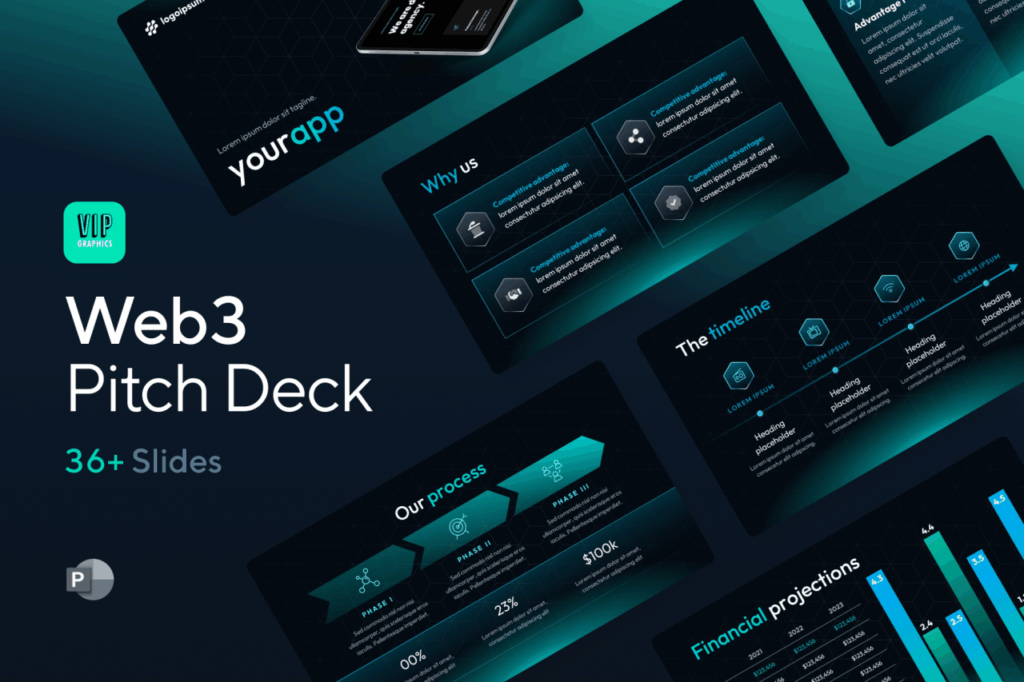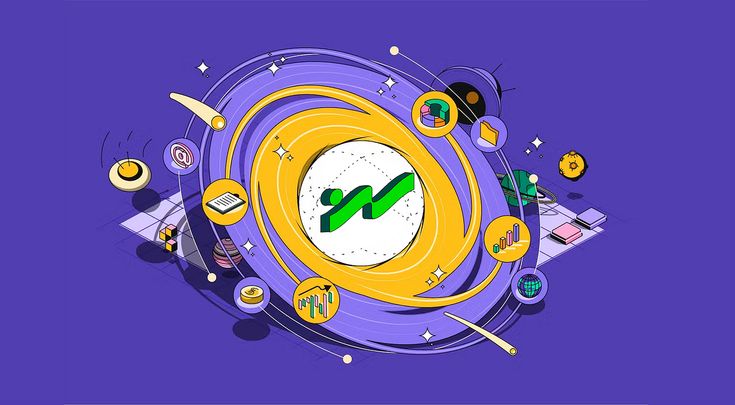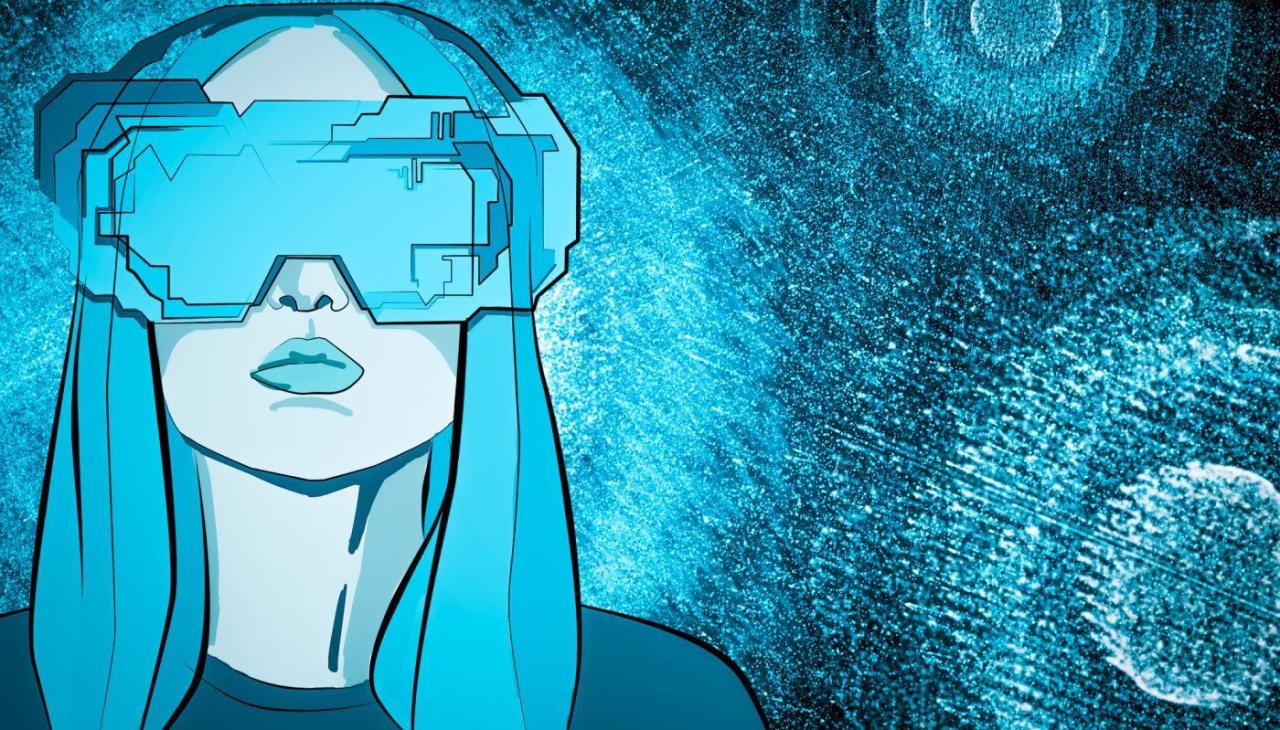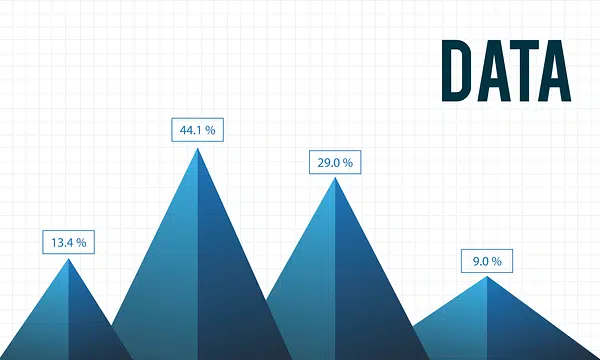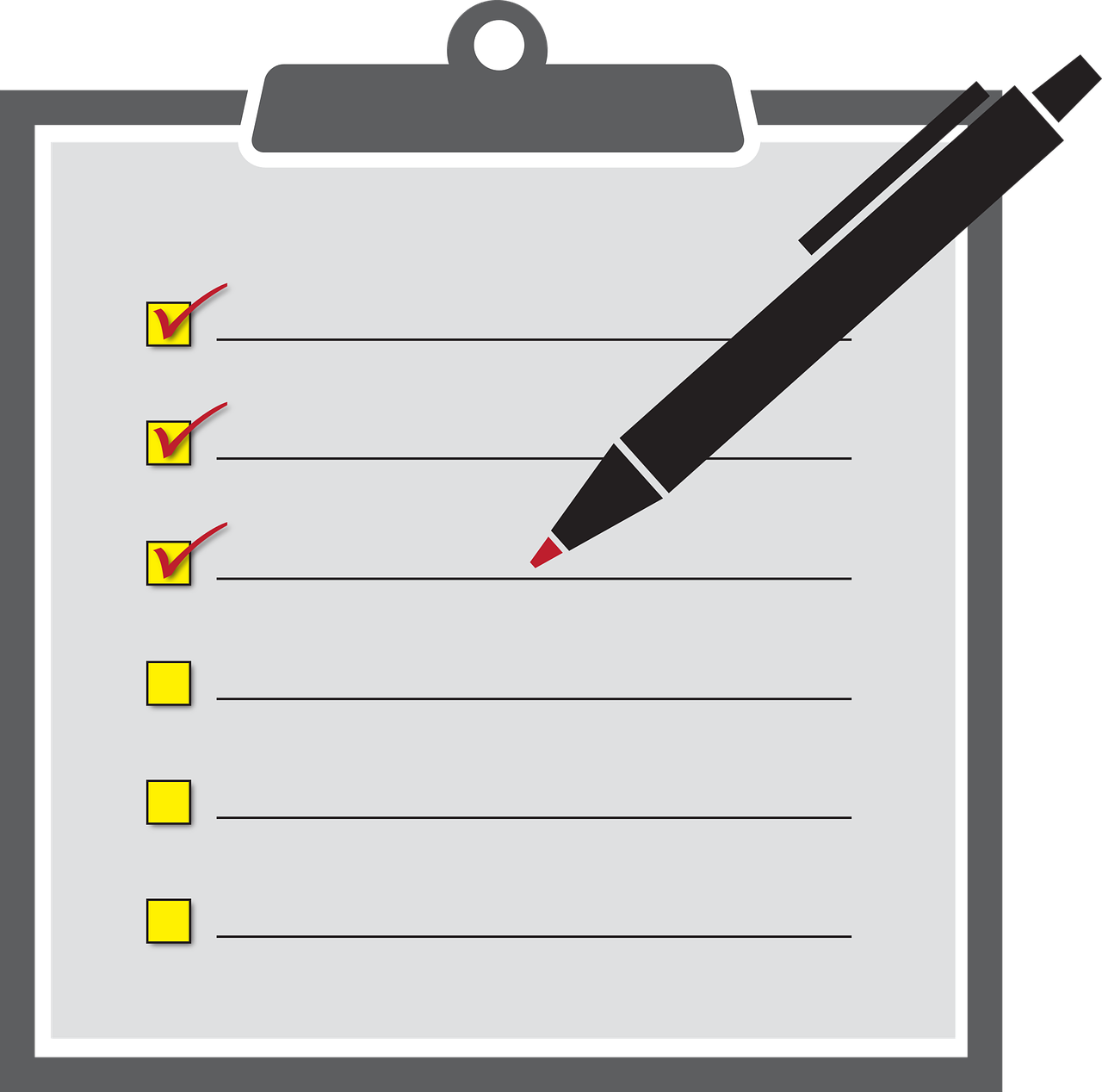The internet stands at the precipice of its next major evolution. For decades, the digital realm has been dominated by centralized entities, where power, data, and control reside with a few large corporations. However, a new paradigm is rapidly emerging: Web3. This revolutionary concept envisions a decentralized web, built on blockchain technology, where users regain ownership of their data, control their digital identities, and participate in truly peer-to-peer networks. At the heart of this transformative shift is the burgeoning field of Web3 development, and its success hinges on the creation and widespread adoption of a robust, user-friendly, and decentralized suite of tooling. This next generation of development tools is not just an upgrade; it’s the essential infrastructure that will unlock the full potential of a genuinely open, transparent, and equitable digital future.
From Web1 to Web3
To fully comprehend the significance of Web3 and the tools it demands, it’s vital to trace the internet’s evolutionary journey through its distinct phases.
A. Web1: The Read-Only Internet (1990s – early 2000s)
The first iteration of the internet, often referred to as Web1, was primarily a static, read-only experience. It was characterized by:
- Static Websites: Most content was fixed HTML pages, offering limited interactivity. Users consumed information rather than creating it.
- Centralized Information Hubs: Information was hosted on specific servers owned by companies or individuals.
- Basic Connectivity: Dial-up modems and slow broadband were common, limiting rich media experiences.
- Early Browsers: Browsers like Netscape Navigator and Internet Explorer dominated, serving as simple windows to static content.
- Limited E-commerce: While nascent, e-commerce was basic and often viewed with skepticism regarding security.
In essence, Web1 was a digital library, allowing users to browse information but offering little in the way of participation or dynamic interaction. Tools were primitive, focusing on HTML editing and basic server management.
B. Web2: The Social and Interactive Web (early 2000s – Present)
The current iteration of the internet, Web2, is defined by its interactivity, user-generated content, and social connectivity. It brought about a massive shift, but also concentrated power.
- User-Generated Content: Platforms like Facebook, Twitter, YouTube, and Wikipedia enabled users to create, share, and collaborate on content.
- Rich Internet Applications (RIAs): Technologies like AJAX, JavaScript frameworks, and improved broadband allowed for dynamic, interactive web applications that felt more like desktop software.
- Centralized Platforms: Despite user-generated content, the underlying infrastructure and control remained highly centralized. Large tech companies (Google, Meta, Amazon) became powerful intermediaries, controlling data, algorithms, and access.
- Data Monetization: User data became a valuable commodity, collected and monetized by platforms, leading to privacy concerns.
- API Economy: The rise of APIs allowed different services to integrate, fostering innovation but often within controlled ecosystems.
Web2, while revolutionary, created a digital landscape where users often sacrifice privacy and control for convenience, operating within the walled gardens of dominant platforms. The tools evolved significantly, focusing on robust backend frameworks, advanced front-end libraries, and cloud infrastructure management.
C. Web3: The Decentralized, Ownership-Driven Web (Emerging Now)
Web3 represents the internet’s next evolutionary leap, fundamentally reshaping its architecture and ownership model. It leverages blockchain technology to create a more open, transparent, and user-centric digital environment.
- Decentralization: Core to Web3, this means no single entity controls the network. Instead, it’s run by a distributed network of participants, making it censorship-resistant and resilient.
- Blockchain Technology: The underlying infrastructure for Web3, providing immutable ledgers, smart contracts, and decentralized applications (dApps).
- User Ownership: Users own their data and digital assets (e.g., NFTs, cryptocurrencies) directly, rather than platforms holding them. Digital identity is self-sovereign.
- Verifiable and Trustless: Transactions and interactions are cryptographically secured and verified by the network, reducing the need for trusted intermediaries.
- Token Economies: Incentivizing participation and governance through digital tokens (cryptocurrencies), empowering communities.
- Interoperability: Aiming for seamless interaction between different decentralized applications and blockchains, fostering an open ecosystem.
Web3 promises to democratize the internet, returning power and value to its users. However, realizing this vision requires a new generation of sophisticated yet accessible development tools.
The Imperative for Decentralized Tooling in Web3
Building on Web3 is fundamentally different from traditional Web2 development. This distinction creates a pressing need for specialized, decentralized tooling that addresses the unique challenges and opportunities of the blockchain ecosystem.
A. The Unique Challenges of Web3 Development
Developing decentralized applications (dApps) and smart contracts presents complexities not typically found in Web2.
- Blockchain Specificity: Each blockchain (Ethereum, Solana, Polygon, etc.) has its own nuances, smart contract languages (Solidity, Rust), and tooling ecosystem, leading to fragmentation.
- Immutability: Once deployed, smart contracts are generally immutable. This makes bug fixes or upgrades incredibly challenging, demanding rigorous testing and design.
- Security Vulnerabilities: Smart contracts handle valuable assets, making them prime targets for exploits. Bugs can lead to massive financial losses, requiring specialized security audits and development practices.
- Gas Fees and Network Congestion: Transactions on many blockchains incur ‘gas fees’ and can be slow during periods of high network congestion, impacting user experience and development iterations.
- State Management: Managing decentralized state across a blockchain is different from traditional database interactions, requiring new mental models.
- Developer Experience (DX): Early Web3 tools were often complex, poorly documented, and fragmented, creating a steep learning curve for new developers.
B. The Need for Bridging Centralized and Decentralized Worlds
Many Web3 applications still need to interact with Web2 services (e.g., fetching real-world data, fiat payment rails). Tools are needed to facilitate these ‘bridge’ interactions securely and efficiently.
- Oracles: Services that bring off-chain data onto the blockchain. Tools are needed to build, manage, and verify these oracle connections.
- Indexing Services: Blockchains are not designed for fast queries. Indexing tools are essential for efficiently querying historical blockchain data for dApps.
- Wallet Integration: Tools to seamlessly connect dApps with user wallets (e.g., MetaMask, WalletConnect), which are the primary means of user interaction and asset management.
C. Empowering a New Generation of Developers
For Web3 to achieve mass adoption, it needs to lower the barrier to entry for developers. Decentralized tooling plays a critical role in this by:
- Simplifying Complexities: Abstracting away underlying blockchain complexities, allowing developers to focus on application logic.
- Providing Familiar Workflows: Offering tools that integrate with existing IDEs, testing frameworks, and CI/CD pipelines, making the transition from Web2 smoother.
- Fostering Collaboration: Enabling open-source contributions and community-driven development of tools.
- Enhancing Security: Integrating automated security analysis and best practice enforcement directly into the development workflow.
The Pillars of Next-Generation Web3 Development Tooling
The emerging Web3 tooling ecosystem is rapidly maturing, providing developers with powerful instruments to build decentralized applications. These tools span the entire development lifecycle, from smart contract creation to dApp deployment and beyond.
A. Smart Contract Development Environments
These are the foundational tools for writing, compiling, and testing the immutable logic that powers dApps.
- Integrated Development Environments (IDEs): Specialized IDEs or extensions for existing ones (e.g., Hardhat for Ethereum, Anchor for Solana) offer features like syntax highlighting, auto-completion, debugging, and testing frameworks tailored for smart contract languages (Solidity, Rust, Vyper).
- Testing Frameworks: Robust testing frameworks (e.g., Waffle, Truffle, Foundry) are critical for simulating contract interactions, gas cost analysis, and ensuring contract logic is bug-free before deployment due to immutability.
- Compilation and Deployment Tools: Compilers turn human-readable code into bytecode for the blockchain. Deployment tools automate the process of pushing compiled contracts to testnets and mainnets, managing network interactions and gas fees.
- Security Audit Tools: Automated static analysis tools (e.g., Slither, Mythril) and formal verification tools help identify common vulnerabilities in smart contracts, crucial given the high-stakes nature of blockchain assets.
B. Front-End Development Kits for dApps
These tools enable developers to build user interfaces that seamlessly interact with smart contracts on the blockchain.
- Web3 Libraries and SDKs: JavaScript libraries (e.g., Ethers.js, Web3.js, wagmi) allow front-end applications to connect to blockchain nodes, send transactions, read contract data, and integrate with user wallets (e.g., MetaMask).
- UI Component Libraries: Specialized React or Vue component libraries pre-built for common Web3 interactions (e.g., connecting wallets, displaying NFTs, interacting with smart contract functions) accelerate dApp UI development.
- Wallet Connectors: Standardized protocols (e.g., WalletConnect) that allow dApps to easily connect with a wide array of mobile and desktop cryptocurrency wallets, providing broad accessibility for users.
C. Data Indexing and Querying Solutions
Blockchains are not optimized for fast data retrieval or complex queries. Dedicated indexing solutions bridge this gap.
- The Graph Protocol: A decentralized protocol for indexing and querying blockchain data using GraphQL. Developers define ‘subgraphs’ to extract and organize specific data from blockchains, making it easily queryable for dApps.
- Centralized Indexers: Services that provide fast API access to indexed blockchain data, often for performance-critical dApps (e.g., Alchemy, Infura, QuickNode). These offer convenience but introduce a degree of centralization.
- Database Integration Tools: Tools and connectors that allow syncing blockchain data into traditional databases for complex analytics or integration with existing data warehouses.
D. Decentralized Storage and File Systems
Storing large files directly on a blockchain is prohibitively expensive and inefficient. Decentralized storage solutions are essential for Web3.
- IPFS (InterPlanetary File System): A peer-to-peer hypermedia protocol designed to make the web faster, safer, and more open. It enables decentralized file storage and retrieval, where content is addressed by its hash rather than its location.
- Filecoin: A decentralized storage network built on IPFS, incentivizing participants to store data securely and reliably. It provides persistent storage for Web3 applications.
- Arweave: A decentralized storage network that offers permanent, one-time-payment data storage, creating a permanent web.
- Decentralized Content Delivery Networks (dCDNs): Emerging solutions that aim to decentralize the caching and delivery of web content, similar to traditional CDNs but without central points of control.
E. Decentralized Identity and Authentication (DID)
Web3 emphasizes self-sovereign identity, moving away from centralized login systems.
- Decentralized Identifiers (DIDs): A new type of identifier that enables verifiable, decentralized digital identity. Tools are emerging to create, manage, and resolve DIDs across different blockchains and systems.
- Verifiable Credentials (VCs): Cryptographically verifiable assertions about a subject (e.g., a university degree, a professional license). Tools for issuing, holding, and verifying VCs are critical for building trusted decentralized interactions.
- Wallet-based Authentication: Leveraging crypto wallets as the primary means of authentication, where users sign messages with their private keys to prove identity without relying on usernames and passwords.
F. Decentralized Communication and Messaging Protocols
Web3 aims to decentralize real-time communication within dApps, moving away from centralized chat servers.
- XMTP (Extensible Message Transport Protocol): A protocol for secure, open, and decentralized messaging between blockchain addresses. Tools built on XMTP enable direct wallet-to-wallet communication within dApps.
- Push Notification Services: Emerging decentralized solutions that allow dApps to send push notifications to users without relying on centralized platform services (e.g., Apple Push Notification Service, Google Firebase Cloud Messaging).
G. DevOps and Deployment Tooling for Web3
Bringing traditional DevOps practices to the decentralized world requires specialized adaptation.
- Continuous Integration/Continuous Deployment (CI/CD) for Smart Contracts: Tools and services that automate the testing, compilation, and deployment of smart contracts to various blockchain environments (testnets, mainnets) upon code changes.
- Hardhat/Foundry/Truffle Pipelines: Frameworks that provide comprehensive development pipelines for Ethereum Virtual Machine (EVM) compatible chains, including local development networks, testing, and deployment scripts.
- Cloud-Agnostic Deployment Platforms: Tools that facilitate deploying dApps and their associated infrastructure (nodes, indexers) across different cloud providers or decentralized cloud networks.
Advantages of a Mature Decentralized Tooling Ecosystem
A robust and user-friendly decentralized tooling ecosystem is not just a technical requirement; it’s a strategic imperative for the widespread adoption and success of Web3.
A. Accelerated Development Velocity
Sophisticated tools abstract away blockchain complexities, allowing developers to focus on core application logic rather than low-level blockchain interactions. This significantly accelerates development velocity, enabling teams to build and iterate on dApps faster, bringing innovations to market more quickly.
B. Enhanced Security and Reliability
Next-gen Web3 tools integrate best practices for smart contract security, including static analysis, formal verification, and secure coding patterns. This built-in security helps developers write more robust and reliable smart contracts, reducing the risk of costly exploits and improving the overall trustworthiness of decentralized applications.
C. Lowered Barrier to Entry for Developers
By providing familiar development environments, comprehensive SDKs, and intuitive APIs, decentralized tooling significantly lowers the barrier to entry for traditional Web2 developers. This attracts a larger talent pool to the Web3 space, fostering innovation and accelerating growth. As tools become more accessible, fewer specialized blockchain developers are needed for basic dApp creation.
D. Improved User Experience for dApps
Better development tools lead to better dApps. By simplifying integration with wallets, improving data querying, and enabling decentralized storage, tooling contributes directly to a more seamless, responsive, and intuitive user experience (UX) for decentralized applications, encouraging mass adoption.
E. Greater Interoperability and Composability
Tools that adhere to open standards and support multiple blockchains foster greater interoperability within the Web3 ecosystem. This allows dApps to easily integrate with other protocols, services, and digital assets, leading to a highly composable and interconnected decentralized web where different components can seamlessly interact.
F. Decentralization at Scale
The very essence of Web3 is decentralization. Tooling for decentralized storage, identity, and communication helps ensure that applications are truly decentralized from front-end to back-end, reducing reliance on centralized infrastructure and mitigating single points of failure, thus promoting censorship resistance and resilience at scale.
G. Empowering Community-Driven Development
Many Web3 tools are open-source and community-driven. This model fosters innovation, allows for rapid iteration, and ensures that tools evolve to meet the needs of a diverse developer base. Community contributions lead to more robust, secure, and widely adopted tools, aligning with the decentralized ethos.
Challenges and Future Directions in Web3 Tooling
Despite rapid advancements, the Web3 tooling ecosystem is still nascent and faces significant challenges that will shape its future development.
A. Fragmentation and Interoperability
The current Web3 landscape is highly fragmented, with numerous blockchains, layer-2 solutions, and different smart contract languages. This leads to a siloed tooling ecosystem, where tools are often blockchain-specific. Achieving true interoperability and creating more universal tooling that works seamlessly across various chains remains a major challenge.
B. Debugging and Observability in Distributed Systems
Debugging issues in a decentralized, immutable, and asynchronous blockchain environment is significantly more complex than in traditional Web2. Tools for distributed debugging, comprehensive logging, and real-time observability across multiple smart contracts and blockchain layers are still maturing and need significant improvement to provide developers with adequate visibility into their dApps’ behavior.
C. Security and Audit Automation
While security tools are improving, the unique attack vectors of smart contracts (e.g., reentrancy, flash loan attacks) mean that automated security auditing is still not foolproof. The industry needs more sophisticated, AI-driven security analysis tools and robust formal verification methods that can catch complex vulnerabilities before deployment, reducing the reliance on expensive manual audits.
D. Scalability of Development Infrastructure
As the number of dApps and blockchain transactions explodes, the underlying development infrastructure (node providers, indexing services, testing networks) needs to scale commensurately. Ensuring reliable, high-performance, and cost-effective access to blockchain data for developers is an ongoing challenge.
E. User Experience (UX) for Developers
While improving, the developer experience (DX) in Web3 is still often less mature than in Web2. Tools need to become more intuitive, offer better documentation, integrate more seamlessly with existing workflows (e.g., popular IDEs, Git), and provide clearer error messages and debugging feedback to attract and retain a broader developer base.
F. Regulatory Uncertainty and Compliance Tools
The evolving and often ambiguous regulatory landscape for cryptocurrencies and decentralized applications poses a challenge for tool developers. Tools are needed to help dApps build in features for compliance (e.g., KYC/AML checks, data privacy adherence) without compromising decentralization, a delicate balance to strike.
G. Evolution of Decentralized Identity and Data Management
The transition to truly self-sovereign identity and decentralized data storage is still in its early stages. Future tools will need to enable seamless management of Decentralized Identifiers (DIDs), Verifiable Credentials (VCs), and personal data across various decentralized storage networks in a user-friendly and secure manner, making these concepts accessible to mainstream developers.
H. Energy Efficiency and Sustainable Tooling
The environmental impact of some blockchain technologies (e.g., Proof-of-Work) is a growing concern. Future Web3 tools will need to consider and support more energy-efficient blockchain protocols and encourage sustainable development practices to align with global environmental goals, ensuring the long-term viability and public acceptance of Web3.
Conclusion
Web3 is not just an incremental update to the internet; it is a profound reimagining of its fundamental architecture, promising a decentralized, transparent, and user-owned digital future. The realization of this vision, however, hinges critically on the rapid evolution and widespread adoption of a new generation of decentralized tooling.
From sophisticated smart contract development environments that integrate robust testing and security analysis, to intuitive front-end kits that seamlessly connect dApps with user wallets, and from powerful data indexing solutions to truly decentralized storage and identity protocols—the ecosystem of Web3 development tools is growing at an unprecedented pace. These tools are systematically addressing the unique complexities of blockchain development, lowering the barrier to entry for developers, and ultimately enhancing the user experience for decentralized applications.
While challenges remain, particularly around fragmentation, debugging, and security automation in a distributed context, the continuous innovation and collaborative spirit within the Web3 community are relentlessly driving the tooling landscape forward. As these tools mature and become more accessible, they will not only empower a new wave of builders but also accelerate the transition from a centralized web to a more equitable, open, and resilient digital world. The next era of the internet is being forged by these decentralized tools, piece by digital piece.

